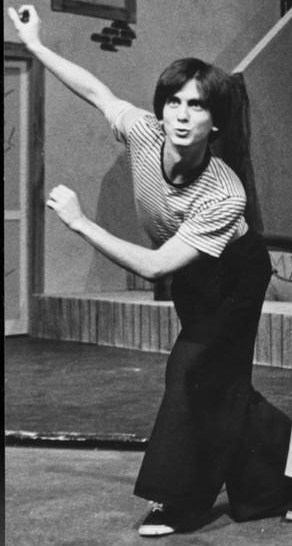Truth be told, I do have very vivid memories of two of the shows in this group, but as for the remaining six, I have only flashes of moments.

I remember being enchanted with the only straight play I saw that year, or rather, with the actor playing the title character. After a lifetime in the business, actor Bernard Hughes reached star status as "Da", the patriarch of an Irish family who returns from the dead to haunt his son (mostly humorously). I remember Hughes being a real delight, but I may be prejudiced in his favor, as he appeared in one of my favorite "unknown" films, Cold Turkey. I love it when an actor who has toiled in the business his whole life finally strikes it big; Hughes won every acting award that year, and deservedly so.
All the other shows I saw that year were musicals, though two or three of them were pretty unconventional. The biggest hit among these three was Dancin', a Bob Fosse extravaganza in  which the chief star was, of course, the dancing. Fosse set his choreography to pre-existing songs in a sort of revue (it had a bit of singin' , too). I remember almost nothin' from this evenin' of dance, except feelin' that it went on too long. The music ranged from Neil Diamond, Cat Stevens, and Melissa Manchester, to a classical tune or two, and a long section devoted to "American" music, like George M. Cohan songs and the like. I have a distinct memory of seeing a young Ann Reinking in several leading spots, but my program says no, she was not in the performance I saw. So much for my memory. Examining the song listings, I got a giggle from one of the numbers in the "America" section, a song called "Pack up your Troubles in your Old Kit Bag and Smile, Smile, Smile." I giggled because this song is not American in origin, but was instead written by a Brit during World War One.
which the chief star was, of course, the dancing. Fosse set his choreography to pre-existing songs in a sort of revue (it had a bit of singin' , too). I remember almost nothin' from this evenin' of dance, except feelin' that it went on too long. The music ranged from Neil Diamond, Cat Stevens, and Melissa Manchester, to a classical tune or two, and a long section devoted to "American" music, like George M. Cohan songs and the like. I have a distinct memory of seeing a young Ann Reinking in several leading spots, but my program says no, she was not in the performance I saw. So much for my memory. Examining the song listings, I got a giggle from one of the numbers in the "America" section, a song called "Pack up your Troubles in your Old Kit Bag and Smile, Smile, Smile." I giggled because this song is not American in origin, but was instead written by a Brit during World War One.
Another musical odd-duck I caught was an off-Broadway smash called I'm Getting my Act  Together and Taking it on the Road. My recollection of this female-centric piece was that, as a male, I was not supposed to understand it. And I didn't. The thing was written by its star, Gretchen Cryer, and was all about women taking their place in the world. One of the songs, according to the program, tells you everything you need to know about this show: it's called simply "Strong Woman Number."
Together and Taking it on the Road. My recollection of this female-centric piece was that, as a male, I was not supposed to understand it. And I didn't. The thing was written by its star, Gretchen Cryer, and was all about women taking their place in the world. One of the songs, according to the program, tells you everything you need to know about this show: it's called simply "Strong Woman Number."
But the weirdest show I saw in '78 happened to be its final performance. After more than a year's run on Broadway, and earlier at Joe Papp's downtown Shakespeare Festival, Runaways was closing. This show was developed by Elizabeth Swados by casting kids who were living on the streets, except that by the time I saw the show, the original cast was making Broadway salaries and were no longer "runaways." In fact, my program reflects that I saw several "street urchins" who had previous professional stage credits, so I am a bit skeptical to the claim that these performers had all been living on the street before Swados plucked them from their poverty. I really could not relate to this show, which was written, composed, and directed by Swados, who had no interest in concocting anything pleasant for an audience. (I've previously trashed her later musical, Doonesbury, but she was no better here.) I am glad I saw Runaways, however, as it taught me to be very suspicious of any show which has only one creator who also acts as the director.


The three remaining musicals I saw were much more traditionally structured. After his extraordinary success as the Emcee in Cabaret, Joel Grey was elevated to star status, but he was, and has remained, better "in support." The Grand Tour followed George M! and Goodtime Charley, all attempts to turn Grey into a musical leading man. The Grand Tour was just, well, bad. Jerry Herman furnished another of his post-Mame flops, and Grey came off chilly. I am a great fan of Grey, having seen him in a summer stock production of 1776, but he's just not suited to headlining a musical. It took many decades for him to realize this, and he's had more recent success in the Chicago revival and in Wicked, playing supporting roles in both.
In one of the quirks of the business, both Joel Grey and Bernard Hughes ended up in the film version of The Fantasticks.

I loved On the Twentieth Century through and through. It was here I was first introduced to Judy Kaye, a performer who had been knocking around town for a while, usually understudying stars. In fact, she received her big break in this show due to the fact that she was understudying Madeliene Kahn, who deserted the show shortly after its big opening night. Kaye inherited the part, and played it so well that the producers decided to give the role to her, rather than searching for another star to replace Kahn. On the Twentieth Century also featured terrific performances by John Cullum and Imogene Coca. Yet with all this star power, this show was stolen by a relative unknown (he was certainly unknown to me), a young man with good looks, good pipes, and spectacularly comedic physicality. Any time Kevin Kline was onstage, you couldn't look away. He won the Tony and a big career boost for this role; shortly thereafter, he won his second Tony for Pirates of Penzance and filmed Sophie's Choice.
I've saved my favorite show of this bunch for last. Ballroom was a gorgeous failure, but not to  me. To me, it was just phenomenal. A year after bowling me over as Miss Hannigan in Annie, I returned to New York to find Dorothy Loudon starring in the newest Michael Bennett musical, his follow-up to the monster smash, A Chorus Line. It was based on a TV movie which had starred Maureen Stapleton, and concerned a middle-aged woman dealing with the death of her husband, and her attempts to reenter the world. She does so by frequenting a ballroom dance hall. Bennett populated his ensemble with dozens of aging hoofers, most of whom had substantial Broadway credits but who hadn't been on the boards in years. These oldsters furnished an almost non-stop array of ballroom dances, and even stopped the show with their second act disco dance routine. I thought this show was movingly played and beautiful to watch, but there were substantial structural problems. The majority of the music was sung by two ban
me. To me, it was just phenomenal. A year after bowling me over as Miss Hannigan in Annie, I returned to New York to find Dorothy Loudon starring in the newest Michael Bennett musical, his follow-up to the monster smash, A Chorus Line. It was based on a TV movie which had starred Maureen Stapleton, and concerned a middle-aged woman dealing with the death of her husband, and her attempts to reenter the world. She does so by frequenting a ballroom dance hall. Bennett populated his ensemble with dozens of aging hoofers, most of whom had substantial Broadway credits but who hadn't been on the boards in years. These oldsters furnished an almost non-stop array of ballroom dances, and even stopped the show with their second act disco dance routine. I thought this show was movingly played and beautiful to watch, but there were substantial structural problems. The majority of the music was sung by two ban d singers in the background, with the only book songs handled by Loudon. She did a terrific job with these numbers, and furnished cabaret singers with a new standard by introducing "Fifty Percent." I loved this show so much, I returned later in the week to see it a second time, but I was clearly in the minority on this one, as the show closed shortly after opening, losing more money than any show up to that time. Though Loudon would continue to appear regularly on Broadway, in both straight plays (Noises Off, West Side Waltz) and musicals (she replaced Angela Lansbury in the original Sweeney Todd), Ballroom was to be her last chance to create a musical role for Broadway.
d singers in the background, with the only book songs handled by Loudon. She did a terrific job with these numbers, and furnished cabaret singers with a new standard by introducing "Fifty Percent." I loved this show so much, I returned later in the week to see it a second time, but I was clearly in the minority on this one, as the show closed shortly after opening, losing more money than any show up to that time. Though Loudon would continue to appear regularly on Broadway, in both straight plays (Noises Off, West Side Waltz) and musicals (she replaced Angela Lansbury in the original Sweeney Todd), Ballroom was to be her last chance to create a musical role for Broadway.

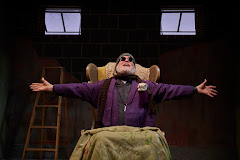




























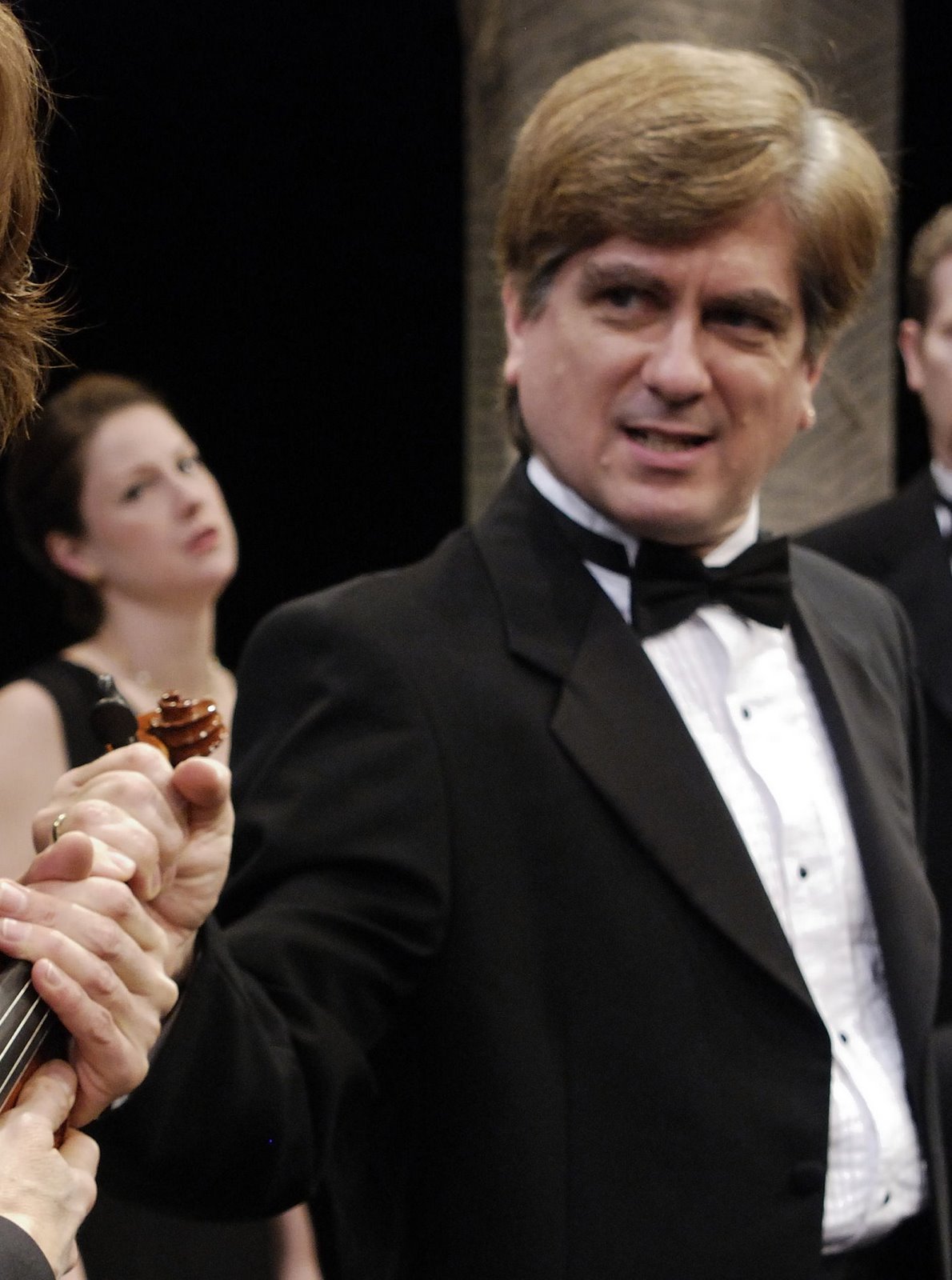
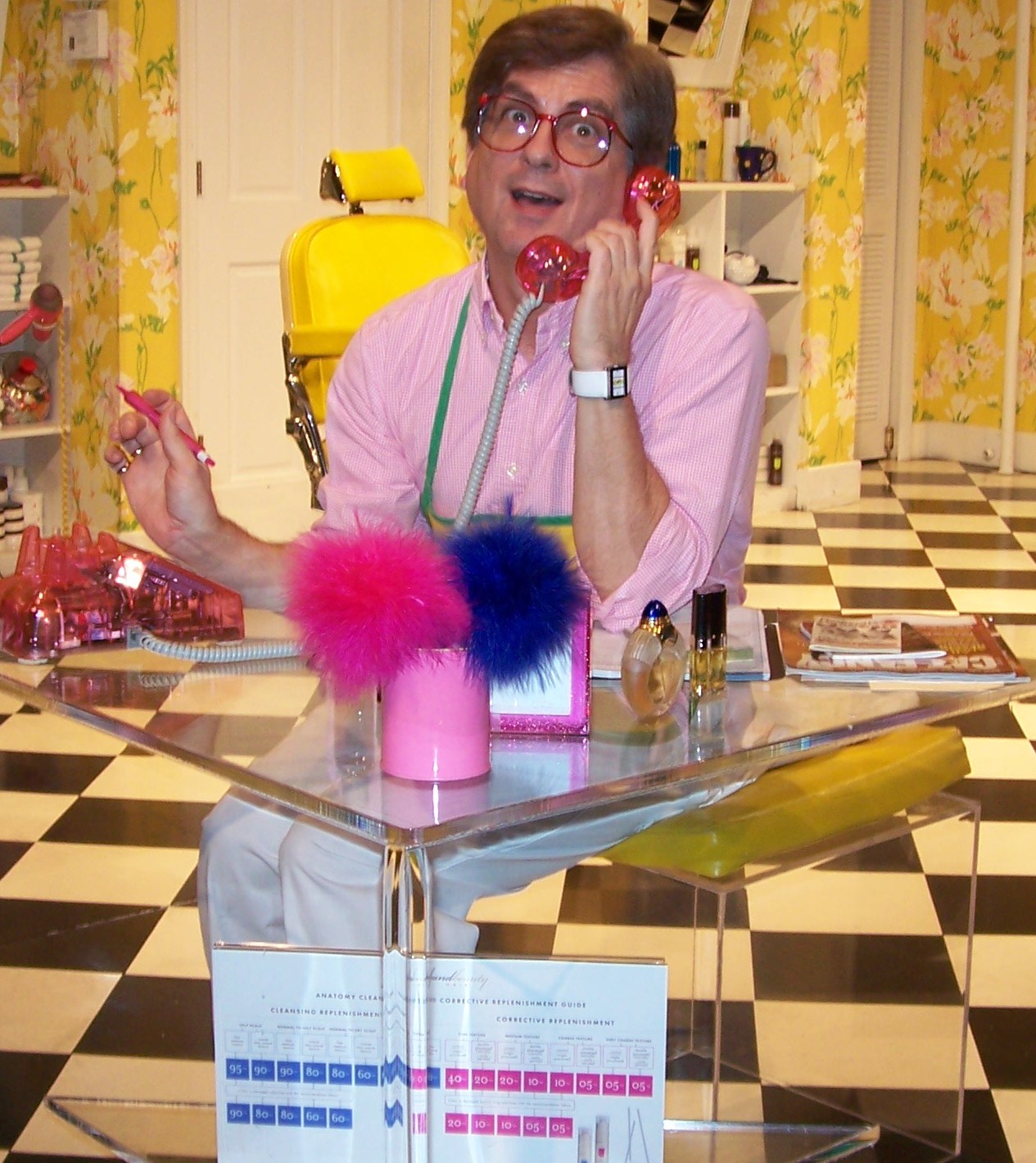
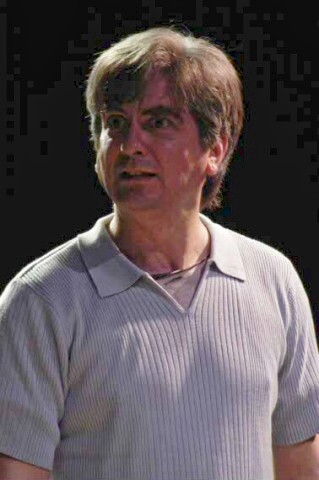
,+Olney+Theatre+Center,+2004.jpg)


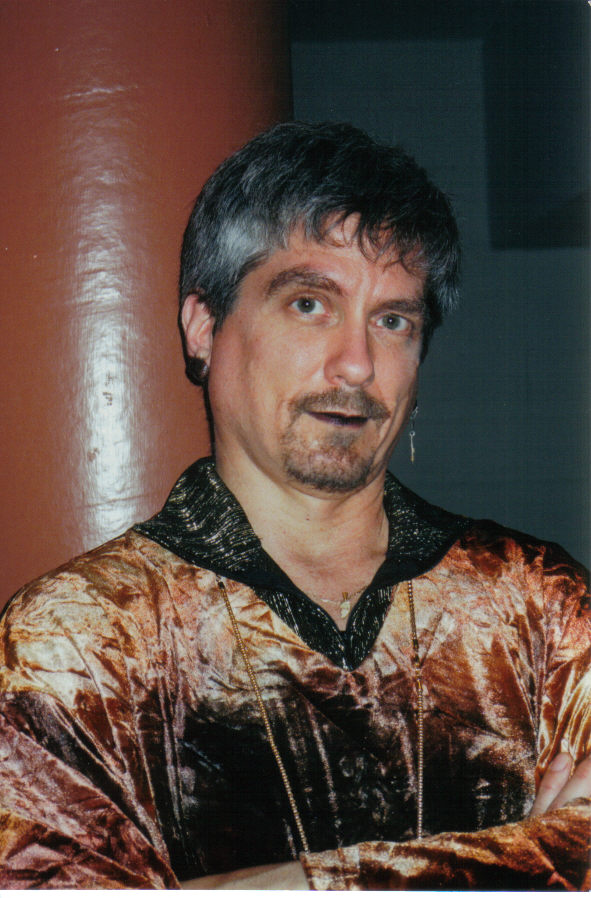
,+Shakespeare+Theatre+Company,.jpg)
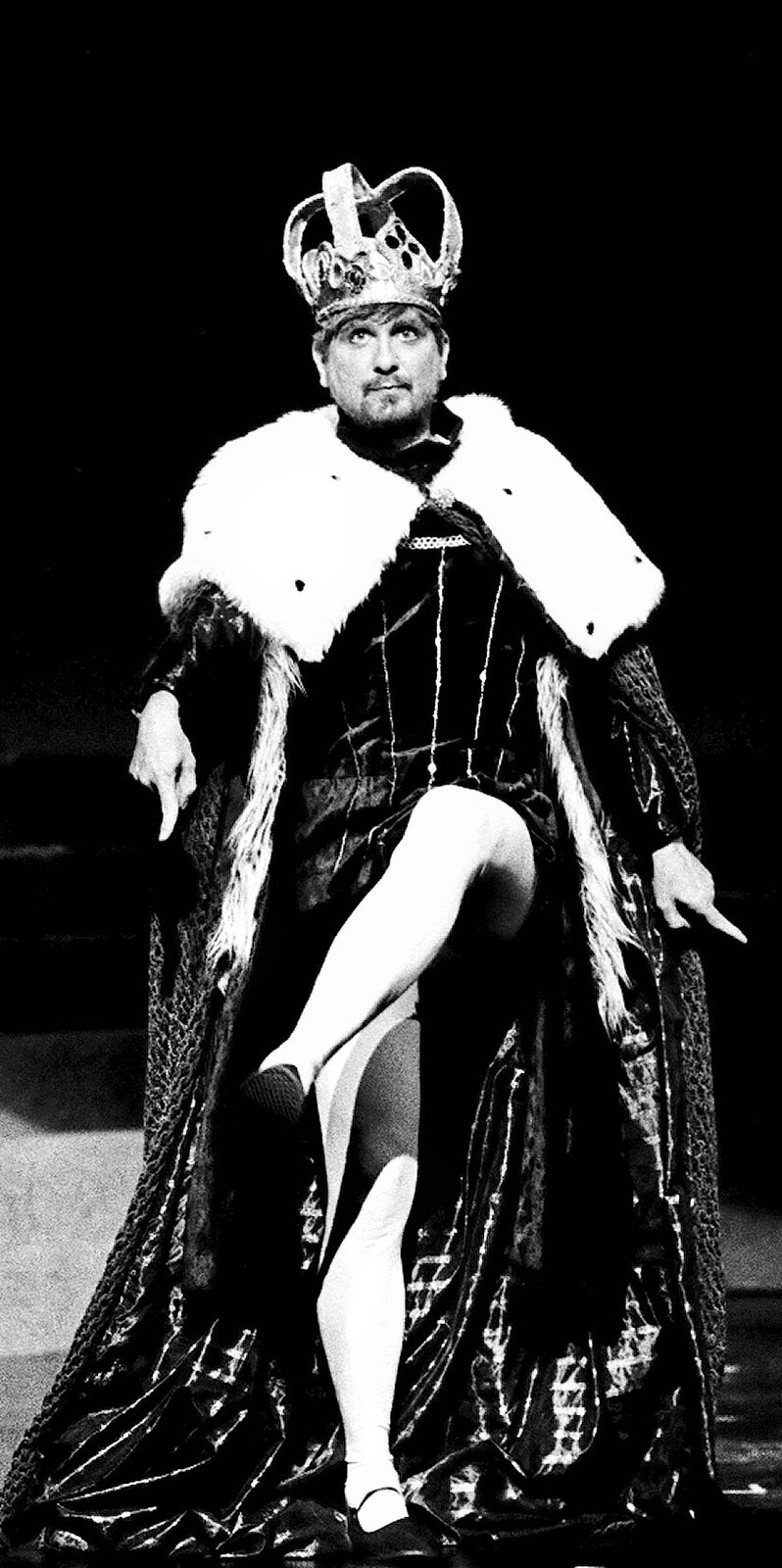

,+Warehouse+Theatre,+1999.jpg)
,+Are.jpg)
,+Everyman+Theatre,2002.jpg)
,+First+Nationa.jpg)
,+Shakespeare+Theatre+Company,.jpg)


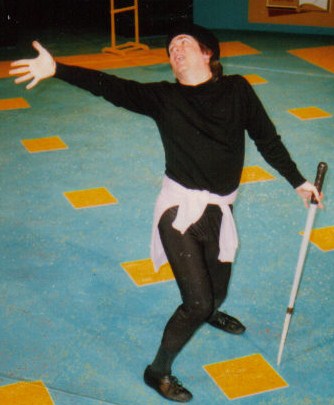
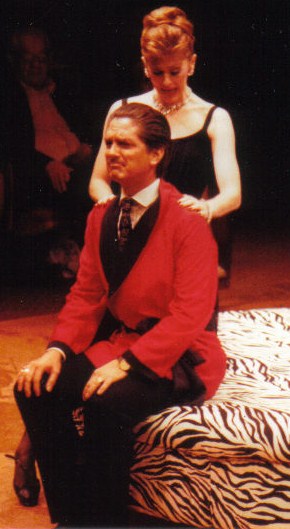


,+Granada+Th.jpg)
,+Globe+Playhouse,.jpg)
,+CSUN,+1976.jpg)
